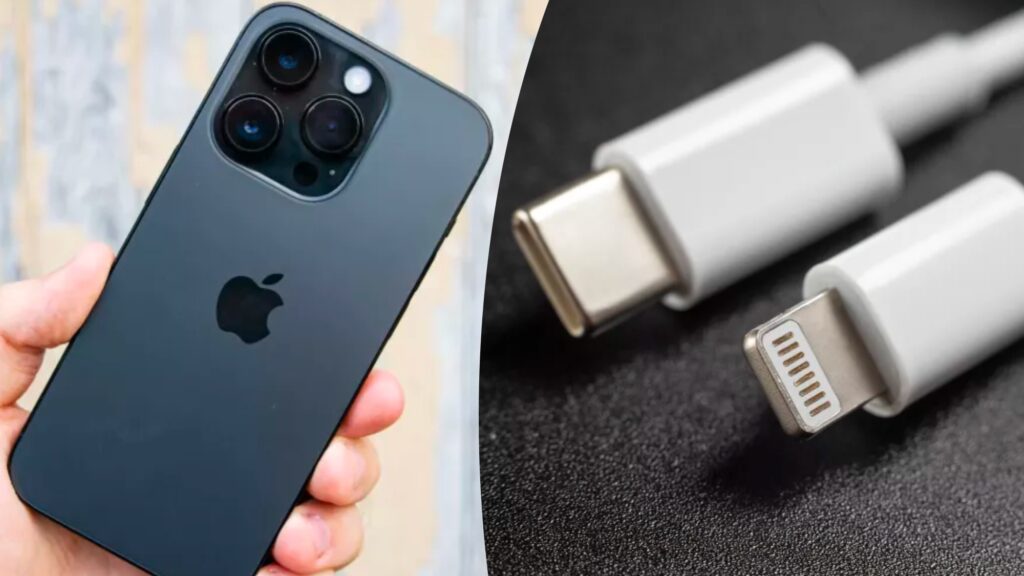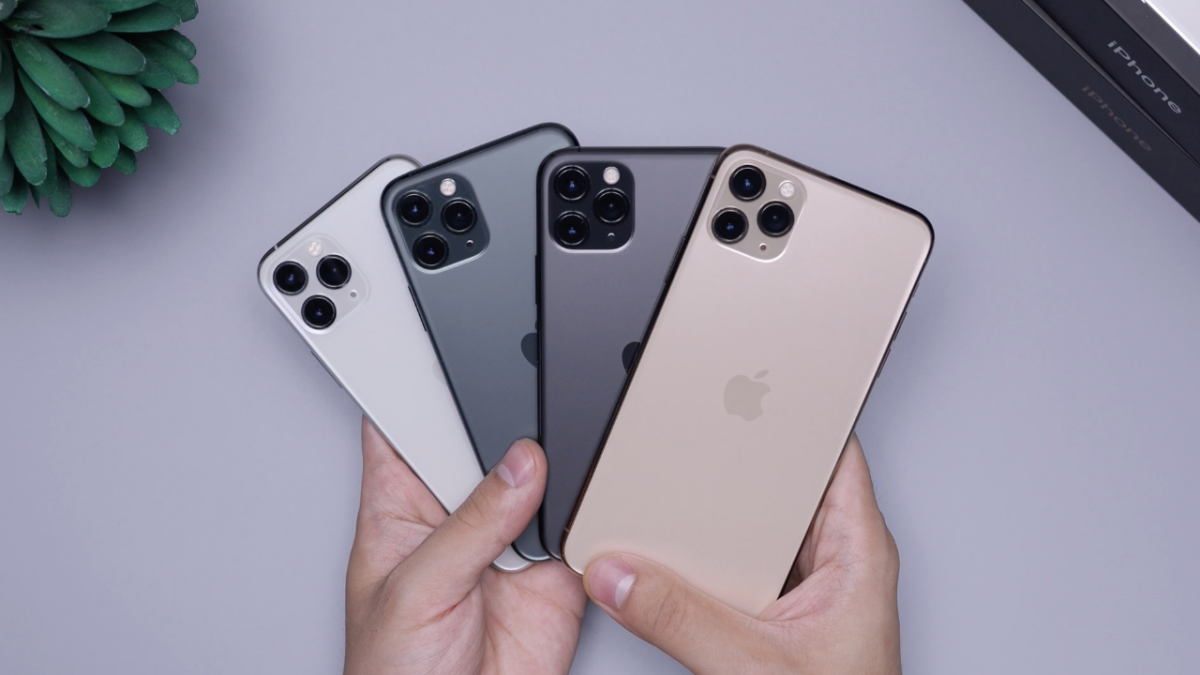Apple might not be planning a redesign of its iPhones to incorporate user-replaceable batteries, as suggested by hints from the tech company this past weekend. This insight arises from statements provided by an Apple Senior Vice President during a recent German YouTube interview.
The European Union (EU) is set to enforce new battery regulations by 2027. Under these regulations, smartphone manufacturers would be obligated to ensure that consumers can relatively easily replace their batteries. However, Apple seems to be expressing reservations about certain specifics within these new requirements.
“There might exist a slight tension between durability and ease of maintenance,” mentioned Apple’s Senior Vice President of Hardware Engineering, John Ternus, during an interview on the German YouTube channel Orbit. Ternus continued, “Enhancing the maintenance aspect of an internal component can be achieved by making it distinct and detachable, but this introduces a potential vulnerability. By utilizing the available data, we can ascertain which sections of the phone require repair and which components are inherently so reliable that they are unlikely to necessitate repair. It’s a delicate balance, always.”
Ternus further emphasized the iPhone’s IP68 rating as a factor that could be compromised by a readily replaceable iPhone battery. He highlighted the presence of “advanced adhesives and sealants that ensure water resistance.”
The most exceptional iPhones possess a strong resistance to water, and Ternus noted that many users have expressed satisfaction with their iPhones’ performance in this aspect. This viewpoint is frequently voiced in online comment sections and is echoed by manufacturers like Apple. However, it’s noteworthy that phones such as the Samsung Galaxy S5 boasted IP67 resistance along with batteries that users could replace.
Their perspective isn’t unfounded.
While it might appear as if Apple is positioning itself to sidestep or defy the upcoming EU regulations, it could potentially reconcile this situation within the confines of the law.
As per the relevant EU legislation concerning batteries, a portable and detachable battery is one that “can be removed using tools that are commonly available, without the need for specialized tools, unless such tools are provided without cost, or using proprietary tools, heat, or solvents for disassembly.”

The legislation subsequently adds: “Tools that are commonly available refer to tools accessible to all end-users on the market, without any obligation to demonstrate proprietary rights, and these tools can be utilized with minimal limitations, excluding those related to health and safety.”
In essence, the legislation doesn’t explicitly demand that Apple, Samsung, Google, or any other phone manufacturer revert to the era when a fingernail and determination were sufficient to replace a phone’s battery. In reality, various companies have been striving to enhance the user-repairability of their phones, spanning from Apple’s self-repair service to Samsung’s self-repair initiative, Google’s do-it-yourself Pixel repair, and even Nokia G22’s collaboration with iFixit.
The crux of the matter – pardon the play on words – appears to be the adhesives employed. It remains to be seen if Apple and other companies can navigate around this concern. After all, 2027 is still four years away.


